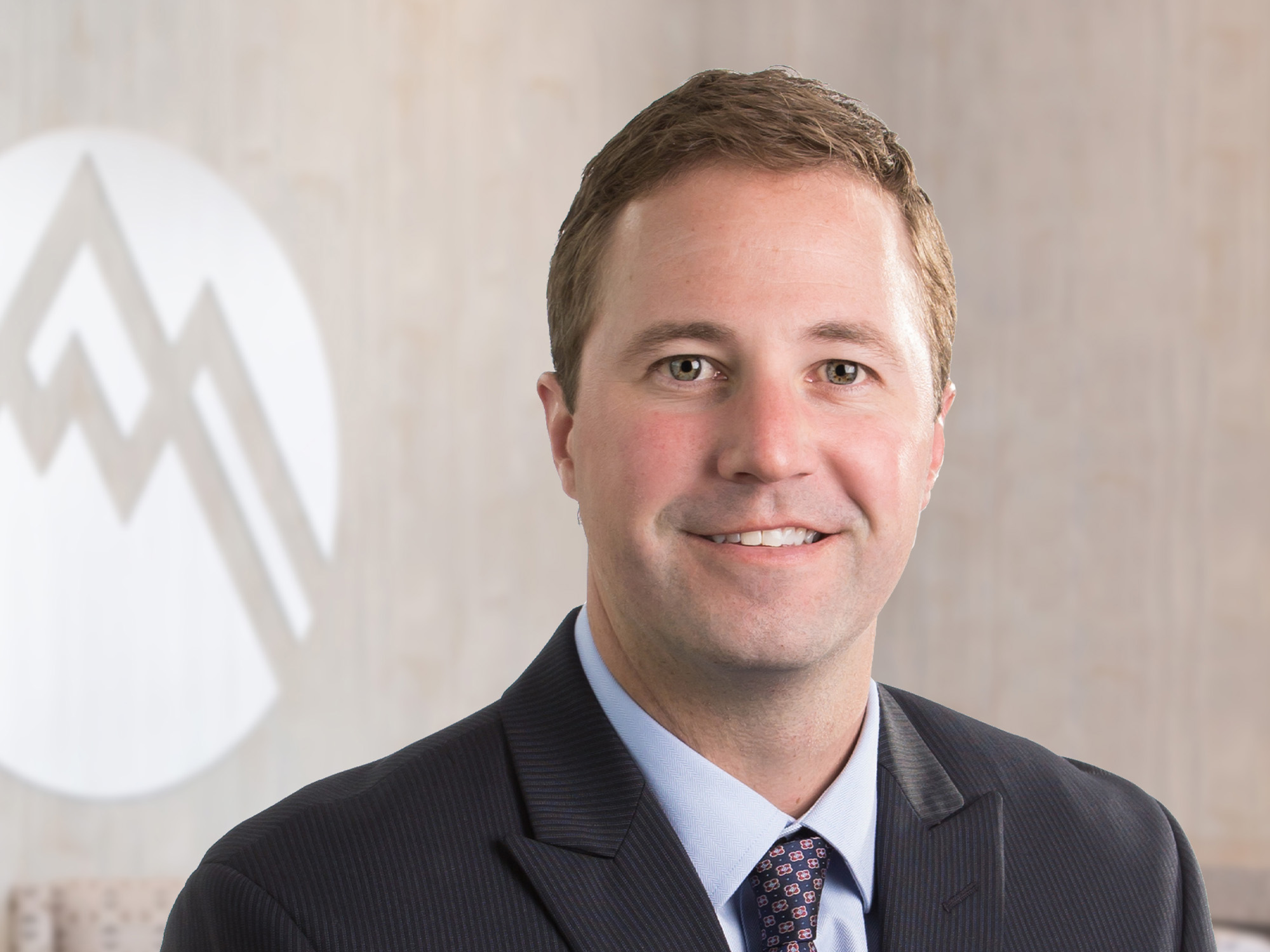PRP spine treatments expand options to relieve back pain.
Orthobiologics, which includes platelet-rich plasma (PRP) therapy, offers new exciting options for pain treatment. PRP injections are successfully used to treat a variety of painful joint conditions. But does the promise of pain relief through orthobiologics extend to patients with back pain? Pain medicine specialists Dr. Andrew Clary and Dr. Steven Stulc discuss how orthobiologics works and explains how Summit is using PRP spine treatments as a valuable therapeutic option to treat back pain.
What are PRP treatments?
“Platelet-rich plasma treatments, commonly known as PRP, are attractive because the patient’s own platelets and growth factors are the treatment,” says Dr. Stulc. “This causes no systemic side effects like some other medicines and tries to let your own body heal and repair itself more efficiently, decreasing pain. You use the patient’s own platelets or bone marrow to promote healing. The studies supporting orthobiologic treatments like PRP are relatively new and more high-quality research is needed. However, there are some recent low back pain studies for discs indicating that more than 50 percent of patients experience relief and improved function. Even more significantly, these are often people who have tried every other medical option. With orthobiologics, we can offer these patients hope.”
When are PRP spine treatments considered?
PRP injections offer hope to patients for whom nothing else has worked. “Many patients experience back pain, but prefer not to consider surgical treatment,” explains Dr. Clary. “So, we try conservative treatments instead. These include physical therapy, steroid injections, and supplementation. What do you do if these treatments aren’t effective? The next step is surgery, but that is a step that some of my patients prefer not to take. In that situation, I can talk about PRP spine treatments or prolotherapy. Prolotherapy is another form of orthobiologics using dextrose, lidocaine, and sterile water. Both PRP and prolotherapy injections work by stimulating inflammation to trigger healing.”
“PRP spine treatments can be pursued in the discs, joints, or ligaments in the back,” notes Dr. Stulc. “They promote a healing environment and pain relief through the concentrated efforts of your body’s own growth factors. The duration of pain relief is still not completely understood and can be variable from case to case. But, there are studies that followed patients who were still benefiting at 2 years. It’s easy to understand why patients are excited about this promising field of medicine. It’s a conservative nonsurgical option that may provide relief and postpone the need for surgery or address spine conditions for which surgery may not be indicated.”
How PRP spine treatments work
“To treat spinal pain, we typically inject the damaged spinal disc with PRP,” says Dr. Clary. “Our objective is to place regenerative cells inside a disc to try to heal or regrow tissue. The injection addresses pain with a different approach compared to other treatments. Also, because disc-related pain issues are traditionally very hard to treat, regenerative therapies are one of our only options to manage this type of pain.”
Studies comparing steroid treatments and orthobiologics
Steroids are the traditional injection treatment for patients with sacroiliac joint pain. “Sacroiliac joint pain is back pain caused by a joint supporting the pelvis and spine,” explains Dr. Clary. “A steroid injection provides a few months of relief. It is a limited option, because there are risks attached to using steroids over a long period of time. By comparison, in a head-to-head study between steroid therapy and prolotherapy, the patients treated with prolotherapy had less pain and more function one year after treatment. Yet, insurance covers steroid and doesn’t cover prolotherapy.”
Insurance coverage of PRP spine treatments
“PRP is still considered too new to be covered by insurance,” states Dr. Clary. “But given the promising research that has been done, it’s important for patients to have access to this treatment if they want it. When you are in pain, the hope of relief matters. Our job is to frankly explain all of the options and help patients make the decision that is best for them.”
PRP spine treatments available at Summit’s comprehensive spine center
“We have a depth of expertise in both surgery and pain treatment,” says Dr. Stulc. “Making PRP spine treatments available to our patients is one more example of Summit’s commitment to comprehensive care.”
“We evaluate the data and follow the papers to understand who benefits most from these therapies,” points out Dr. Clary. “It is still difficult to predict precisely which patients will benefit. But these therapies give us one more treatment option to offer to patients who’ve been suffering for a long time.”
Summit Orthopedics offers comprehensive spine expertise
Our back specialists diagnose spine problems and design custom treatment plans built on a conservative, nonsurgical approach. Most patients find relief through treatments including guided injections, specialized physical therapy, biofeedback, exercise, activity modification, and medication. When conservative care does not relieve symptoms, our highly skilled surgeons offer proven, evidence-based surgical options. Together with you, we will determine the right course of action.
Start your journey to a healthy spine. Find your spine expert, request an appointment online, or call us at (651) 538-6909 to schedule a spine consultation.
Summit has convenient locations across the Minneapolis-St. Paul metro area, serving Minnesota and western Wisconsin. We have state-of-the-art centers for comprehensive orthopedic care in Eagan, MN, Vadnais Heights, MN, and Woodbury, MN, as well as additional community clinics throughout the metro and southern Minnesota.
More resources for you
- Learn more about orthbiologic treatments from Dr. Stulc


